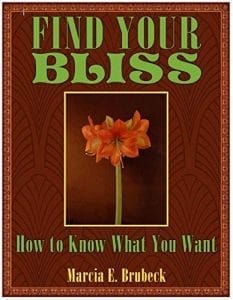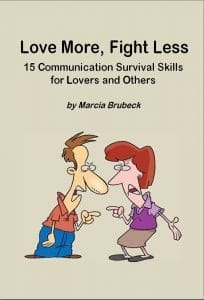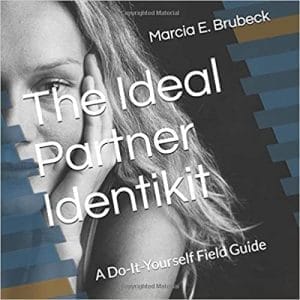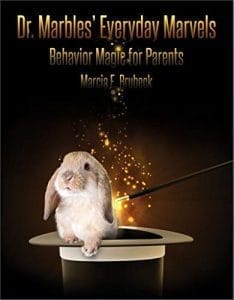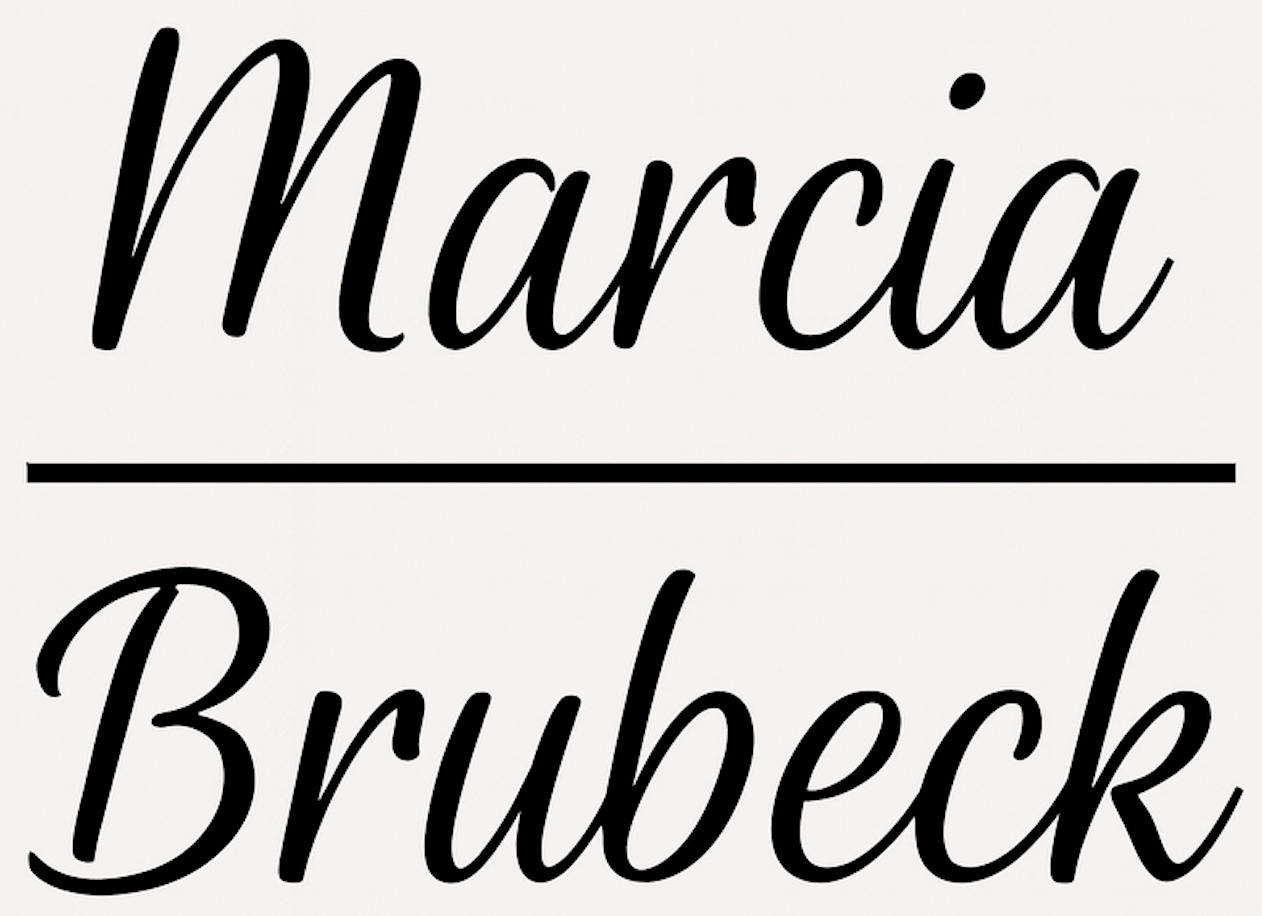
Hope and Memory
In my daily work as a psychotherapist I see that hopelessness and stress often produce despair. I wonder whether we can conquer these problems at least some of the time by viewing them from a different vantage point.
Can we beat the stress by retelling our stories so that we see ourselves as heroes rather than victims? If so maybe we can feel pride and satisfaction rather than hopelessness and despair.
Now, I know that oodles have been written about managing stress. I am suggesting here merely that how we view our lives can make a key difference. By re-visioning ourselves, we may be able to change not just our attitudes but also our understanding of outcomes.
I am not speaking simply of feeling better able to handle life’s challenges. I am more interested in the meaning we assign to our lives—the big picture to date as we have lived it.
By changing our perspective, I suspect, we can empower ourselves. Finding the threads that lead from the past to the present moment may be a challenge, however. The past is both messy and complicated.
Perhaps we could revisit our lives, as much as we remember of them, in the same way that we would approach a novel. We would look for recurring motifs, plots and subplots, and characters that emerge, morph into other characters, and surface once again. We would begin by piecing the story together. Are you game?
If so, start by deciding what you will focus on. Will this be a chronological narrative of your life in its totality? Or will you be interested just in your education, your career, or one crucial decade? Memoirs about friends and family members can also teach you about yourself, but I will save that subject for another day.
When you sit down to write, give yourself a scaffold on which to pin bits of information. You might create a timeline, starting with your earliest memory, then proceeding year by year. Fill in what you know.
Each fact—the name of a school and a teacher, for instance—will have others in tow. Move grade by grade. Add in the major holidays and the vacations: where and with whom? Were there accidents, illnesses, moves, or other changes? Can you remember the feelings?
You might also proceed simply by jotting information on scraps of paper or index cards and then sorting the bits into some order that seems appropriate. This is a more difficult way to recover the past, since it’s harder to see what’s missing.
As you probe, try to recapture the flavor. Is there an old bottle of your mother’s favorite scent in the back of the medicine cabinet? What photos hung on the wall? Where did the stairs creak? Who made the moth-eaten afghans? Do you find in drawers and closets pieces of obsolete household equipment such as a darning egg or a potato masher?
What music did you listen to back then? What foods were you eating? What clothes did you wear? (Were you fat or thin?) What movies did you see? What pets did you have? Can you hear the old dog’s bark and remember how her fur felt? If you close your eyes, can you put yourself back in the scene and let the film roll?
To tell your own story, you do not need to rely just on memory. Many sources are available to help. Look beyond photo albums, home movies, audiotapes, and their high-tech equivalents. Consider your collection of CDs, cassettes, and LPs. When and how did you acquire them? What memories do the sounds evoke?
Also look at the books on your shelves, not just in terms of provenance, but because some of them will have notes tucked in their pages and inscriptions on the flyleaf. I remember a book about bugs with a photo of a tarantula that scared me as a child.
What do scraps of paper tell you? I have in mind receipts, old calendars, address books, business cards, and agendas—even recipes and sheet music. Have you found newspaper clippings, yours or someone else’s? Have you squirreled away yearbooks, scrapbooks, or autograph books from grade school?
How about shoes and the clothes in your closet? How long have you had them? Where have you worn them? Do some of them remind you of specific people or of other garments long gone? Does your jewelry drawer hold clues? Perhaps you have a stash of old handkerchiefs or even a hat box from the 1950s or earlier. What have these meant to you?
When you go into the kitchen, do you see Aunt Clair’s bread bowl, a vase you inherited from your grandmother, or perhaps some silver plate from someone’s wedding? Does the old Sunbeam Mixmaster bring to mind your favorite cake in childhood? Furniture, whether old or more recently purchased, can tell its own story. Use these household items to reawaken your memories. How did you feel back then? What did you want?
When as a detective you have exhausted the contents of your home, go out into the wider world. Talk to friends and relatives, who may remember important things that you have forgotten. Go to antique stores, where you will see stuff you once knew that has disappeared from your life. It will lead you to other discoveries about your past self.
Don’t forget libraries, which have archived issues of newspapers and magazines, local as well as national. How did your neighborhood and town once look? What stores that you used to visit have gone out of business? Online you can explore genealogical sites, obituaries, oral histories, and the recordings of Story Corps. Facebook has some pages that are memorials to people and events.
History can lead to insight. If you learn that your grandmother grew up with extended family and servants who had once been slaves, you might understand her view of household management differently.
As you gather information, have with you at all times some means of jotting down ideas and memories that surface at odd moments. Capture your dreams and random thoughts. Revisit old neighborhoods and places of work, even if they no longer look the same. Do you remember the smell of the wax on the linoleum floor of your elementary school?
As you bring together these scraps of the past, they will rub shoulders and inspire feelings, some old and some new. You will be able to take stock of your attitude and outlook at different times in your life. New patterns should emerge because you are studying not the trees but the forest.
As a child I wanted to be a superstar, which for the young me meant being a famous novelist or an artist. In later life I thought of being an interpreter or a college professor or a book editor (something I eventually did). As I reconstruct my own life story, leading past these pursuits and toward professional school (law and social work), I notice a shift in my outlook and direction.
In my youth I wanted fame and praise. I expected wealth to follow. As I matured, these preoccupations faded. I became less immersed in my own thoughts and feelings and more curious about those of other people. At midlife, looking back, I felt initially disappointed that I had not attained power and prestige.
What had I done? I asked myself. As I retraced my steps, I saw that my gaze had shifted over time. I looked less inward and more outward. I was less concerned with material milestones than with human interaction, less with knowing than with learning and understanding. Tiring of isolation, I tried to connect more with others.
My life to date has not been what I expected. I will not be remembered by posterity for my fiction or my art. I will not have earned millions or become a notable figure at the United Nations. But I hope I am today a better, truer person than I used to be.
I did not do what I set out to do. Still, my own story tells me not that I have achieved nothing but that I learned to want something else and to appreciate life differently. Perhaps we defeat despair ultimately by discovering options and staying open to possibility. The shape of our lives, once we discern it, can reveal an inner sense of purpose and can be a source of comfort and strength.

